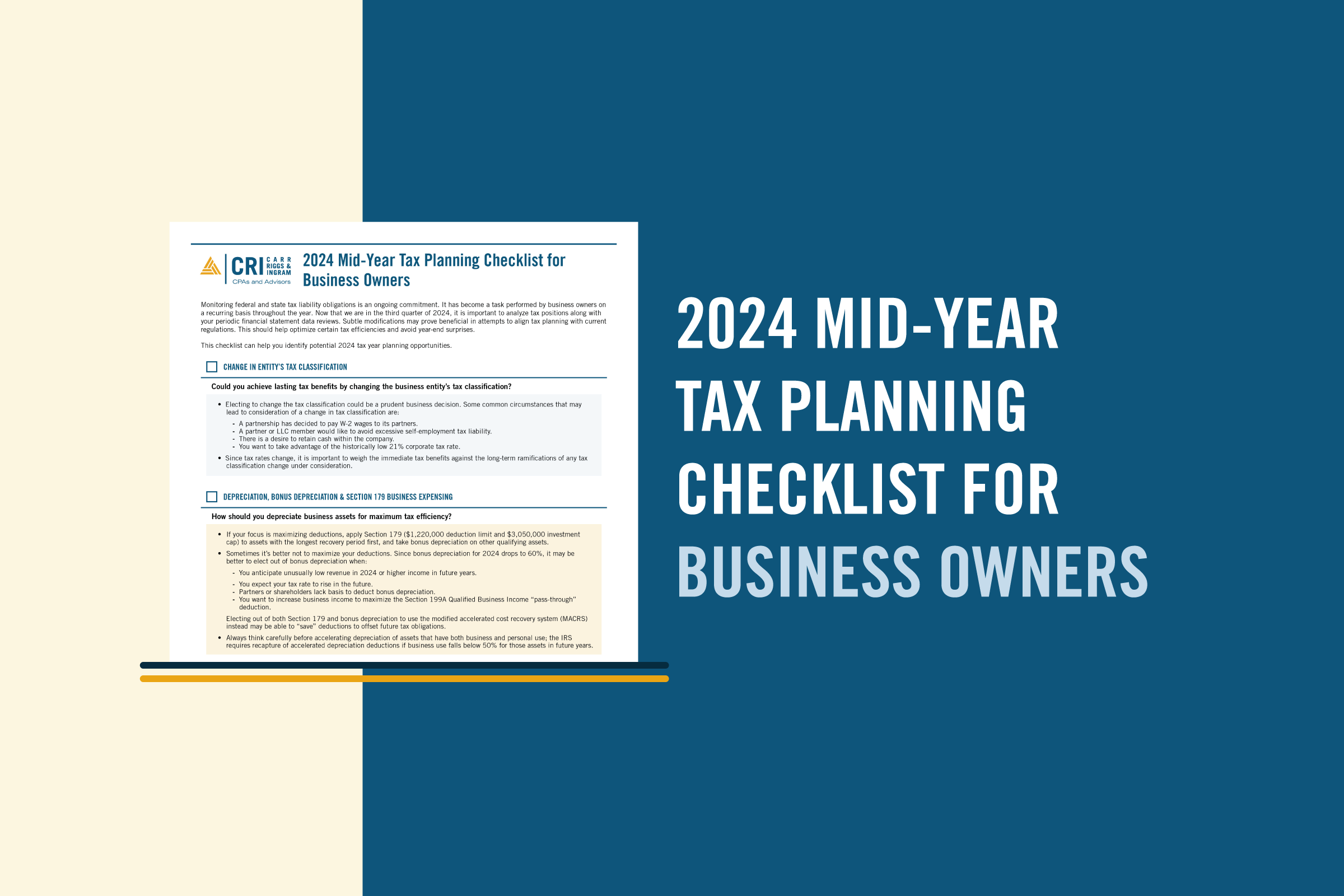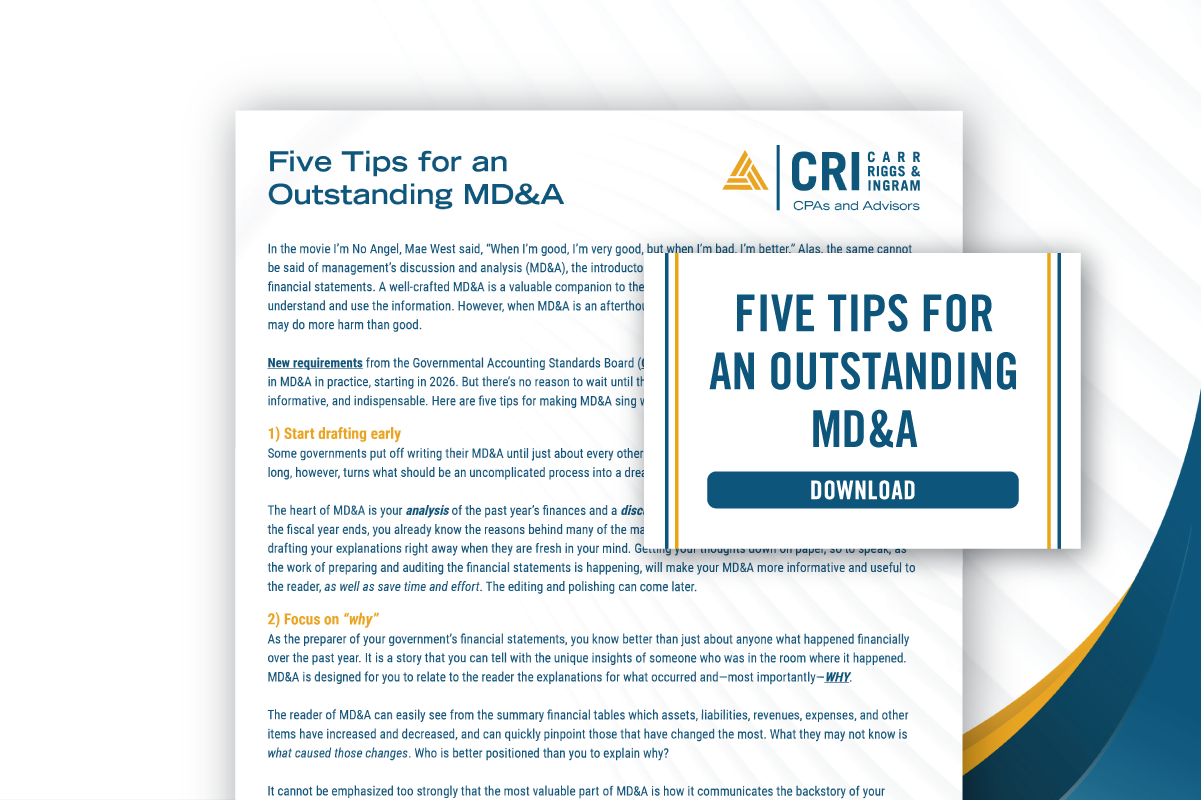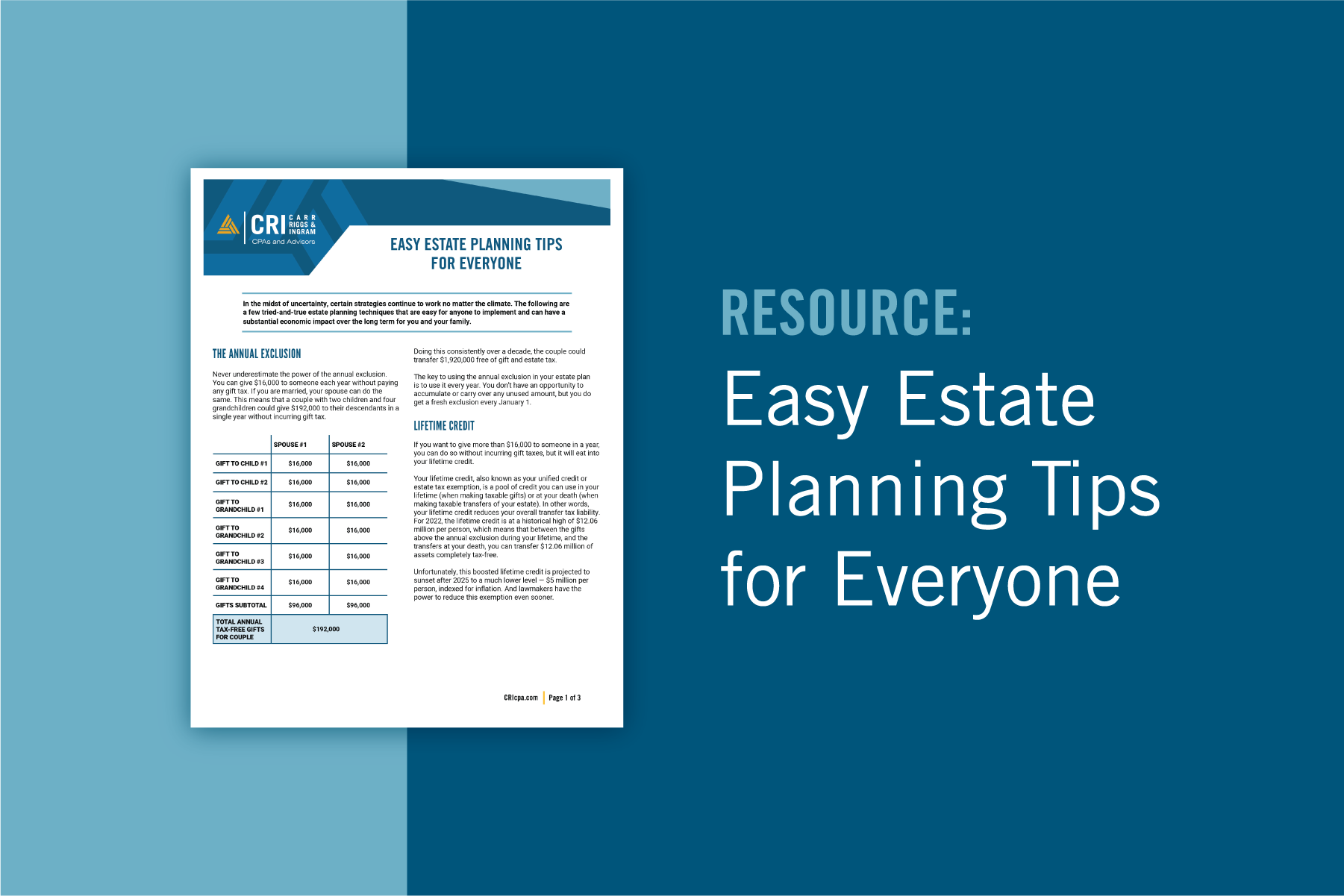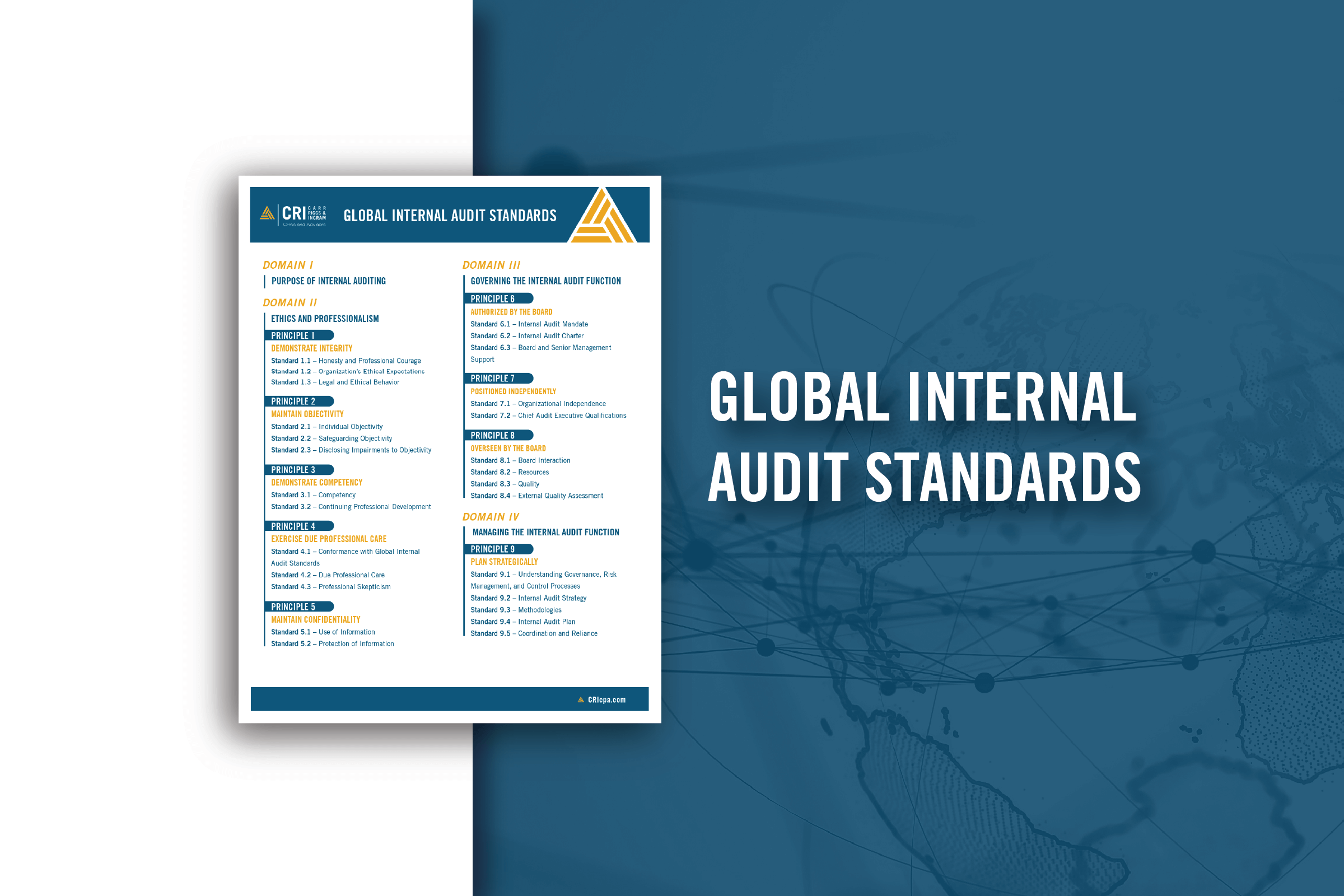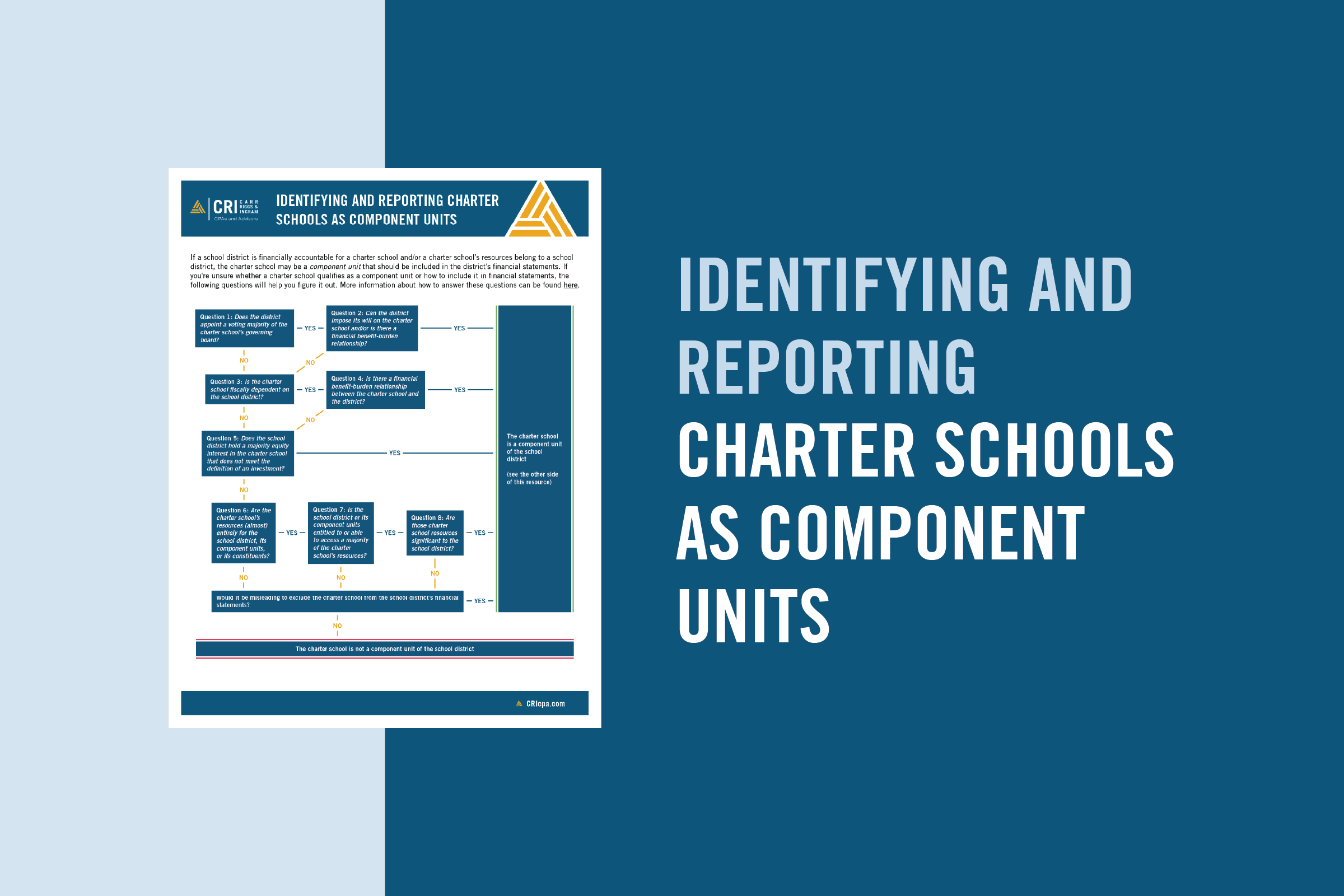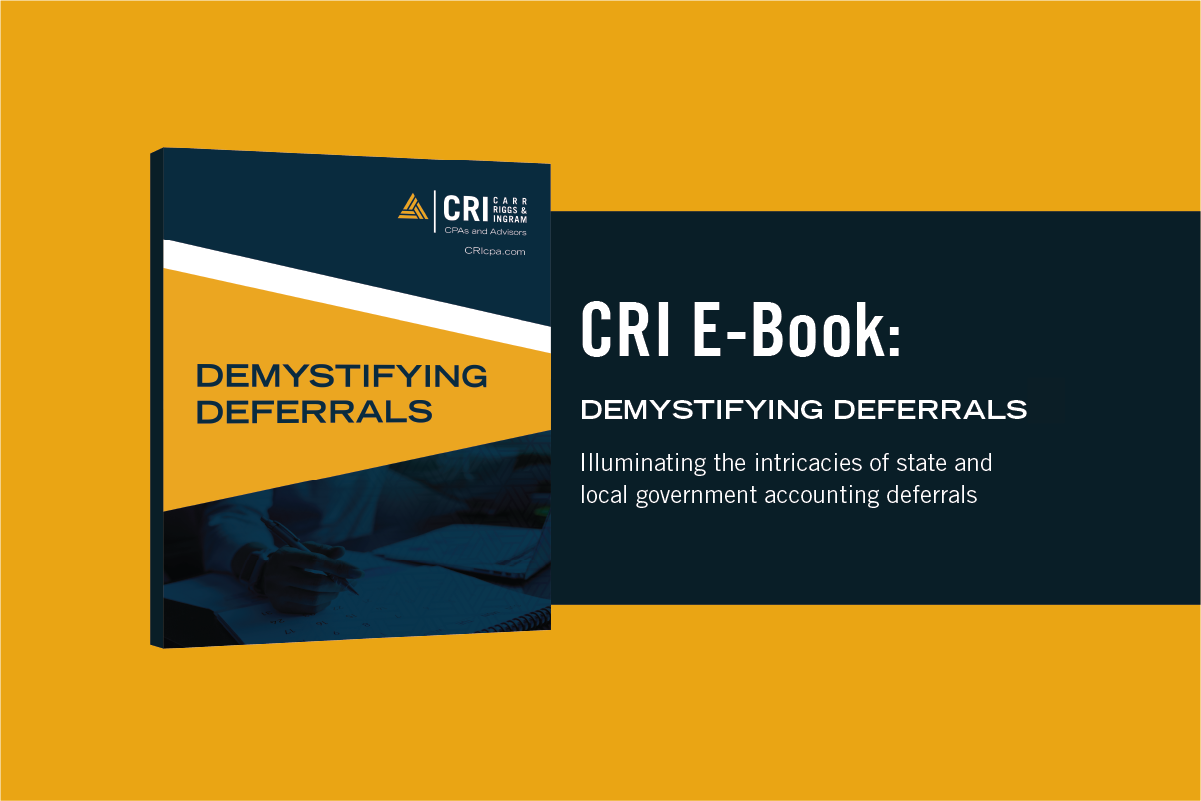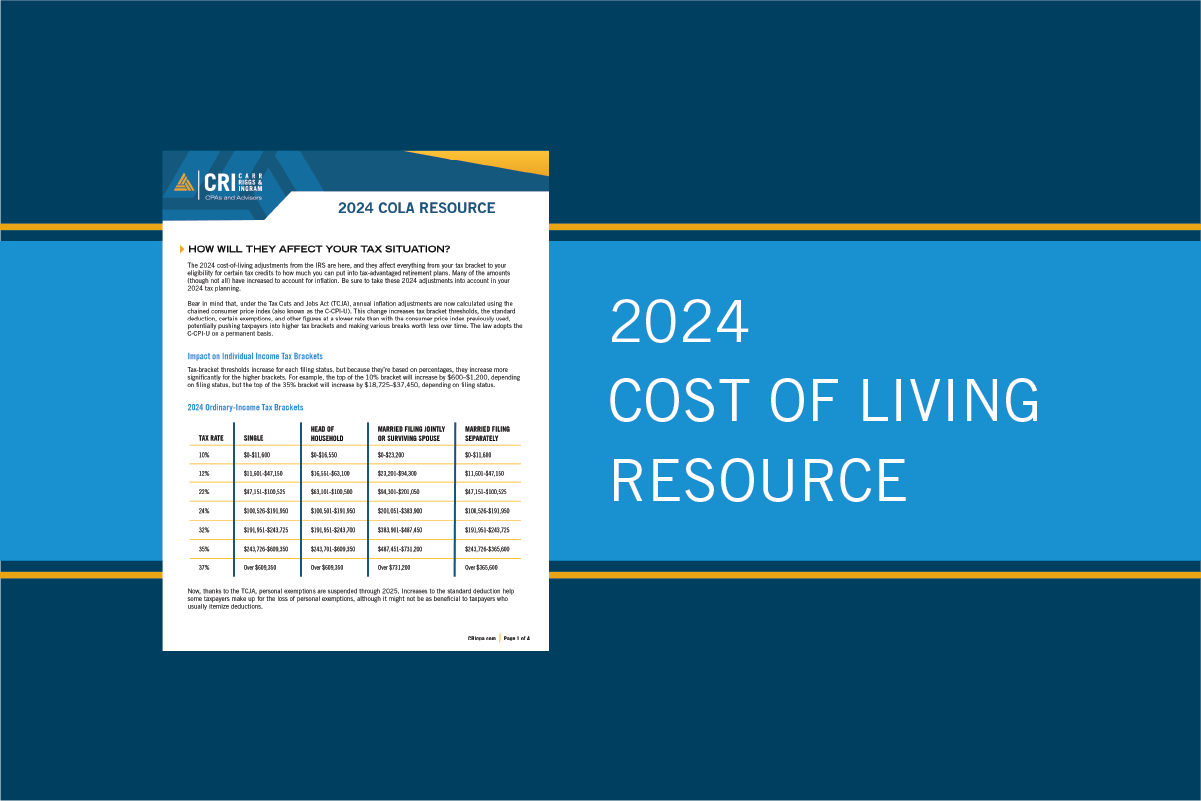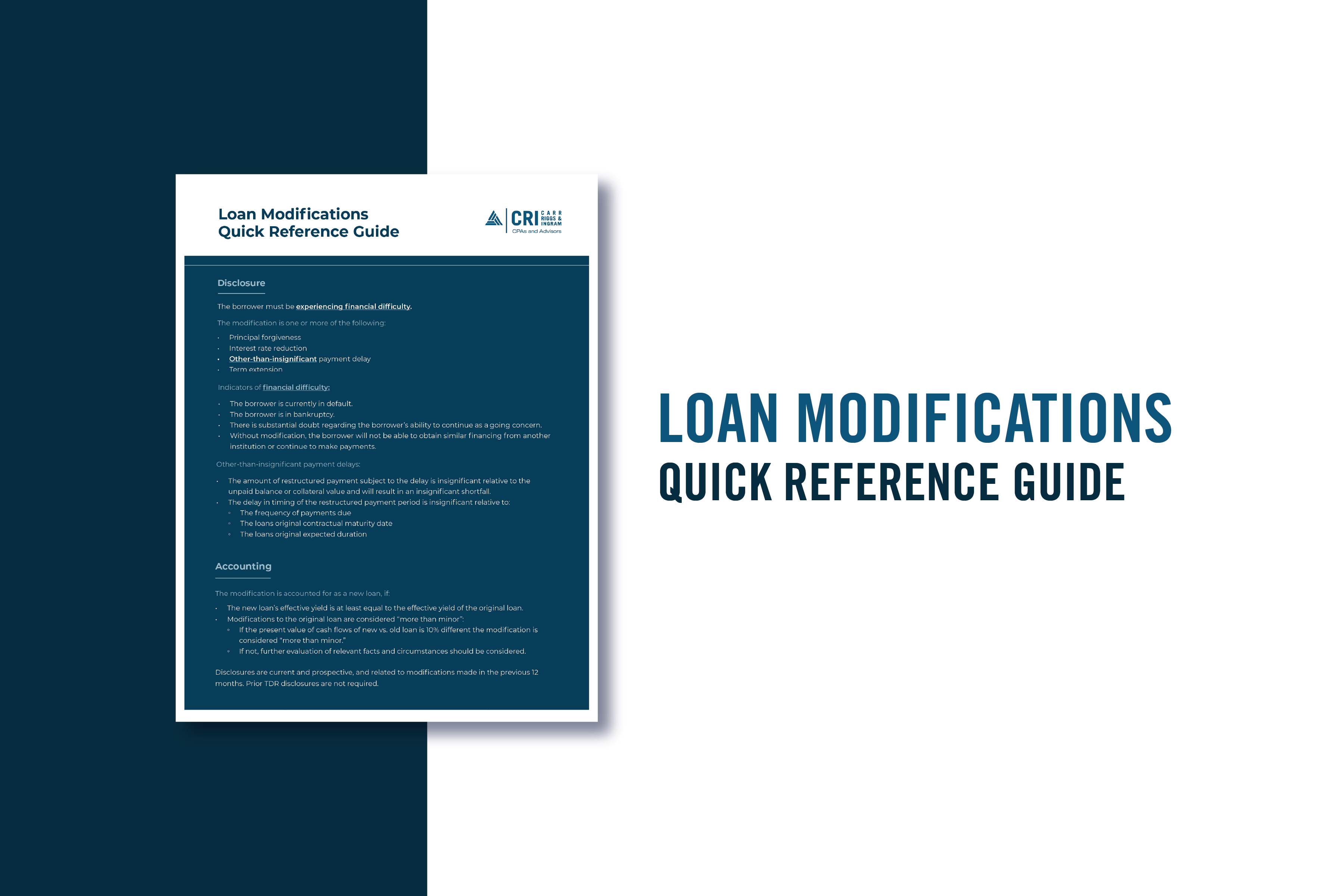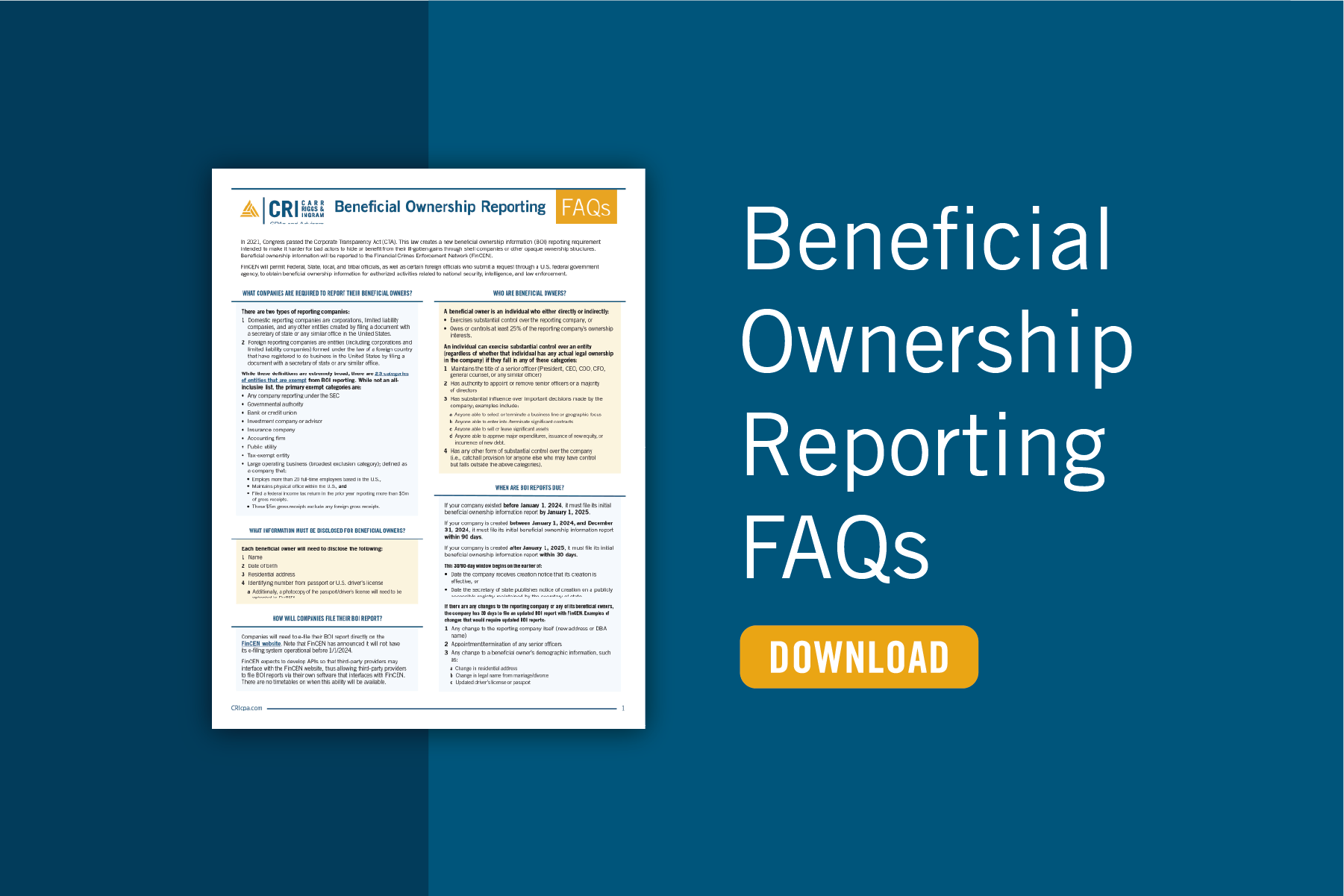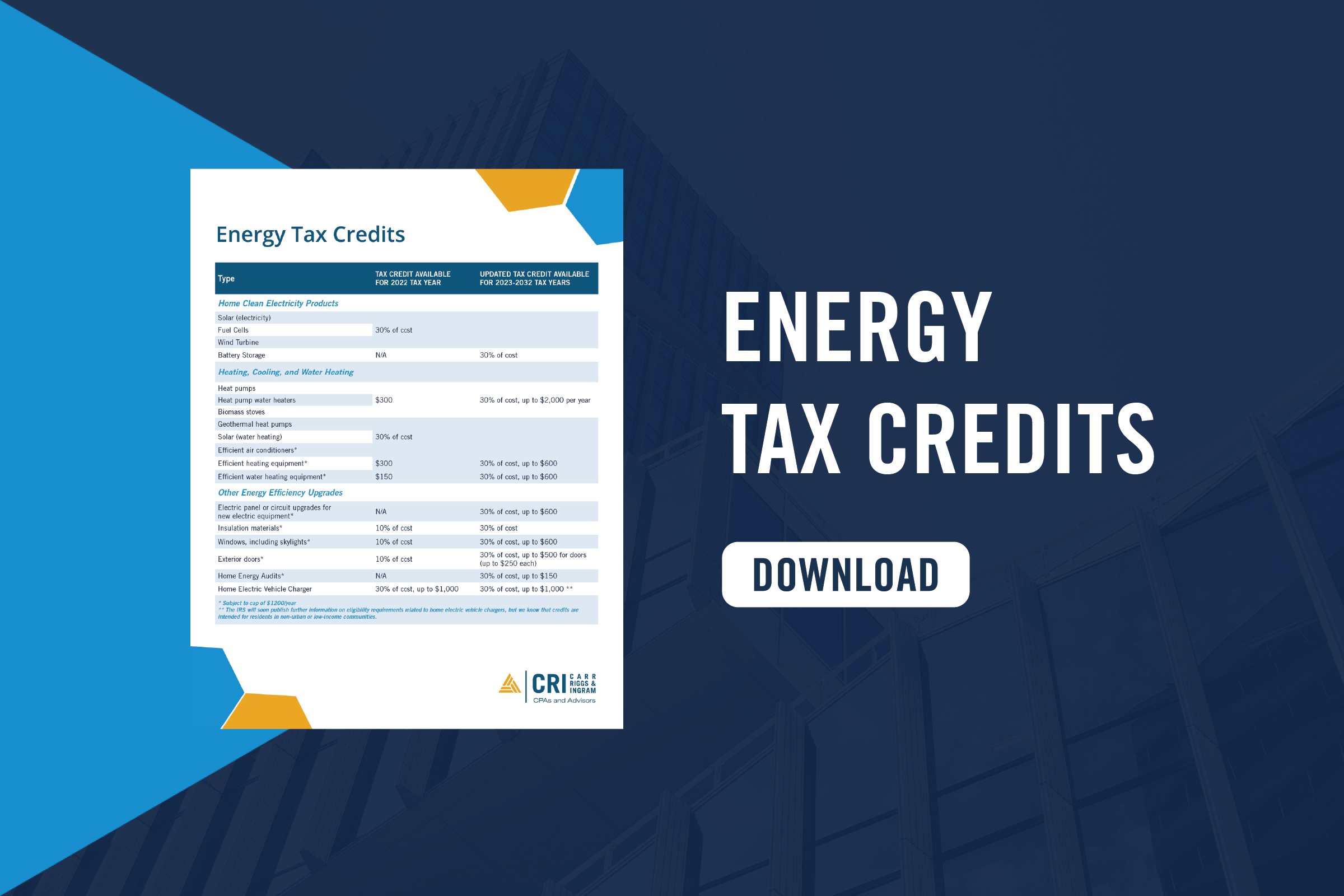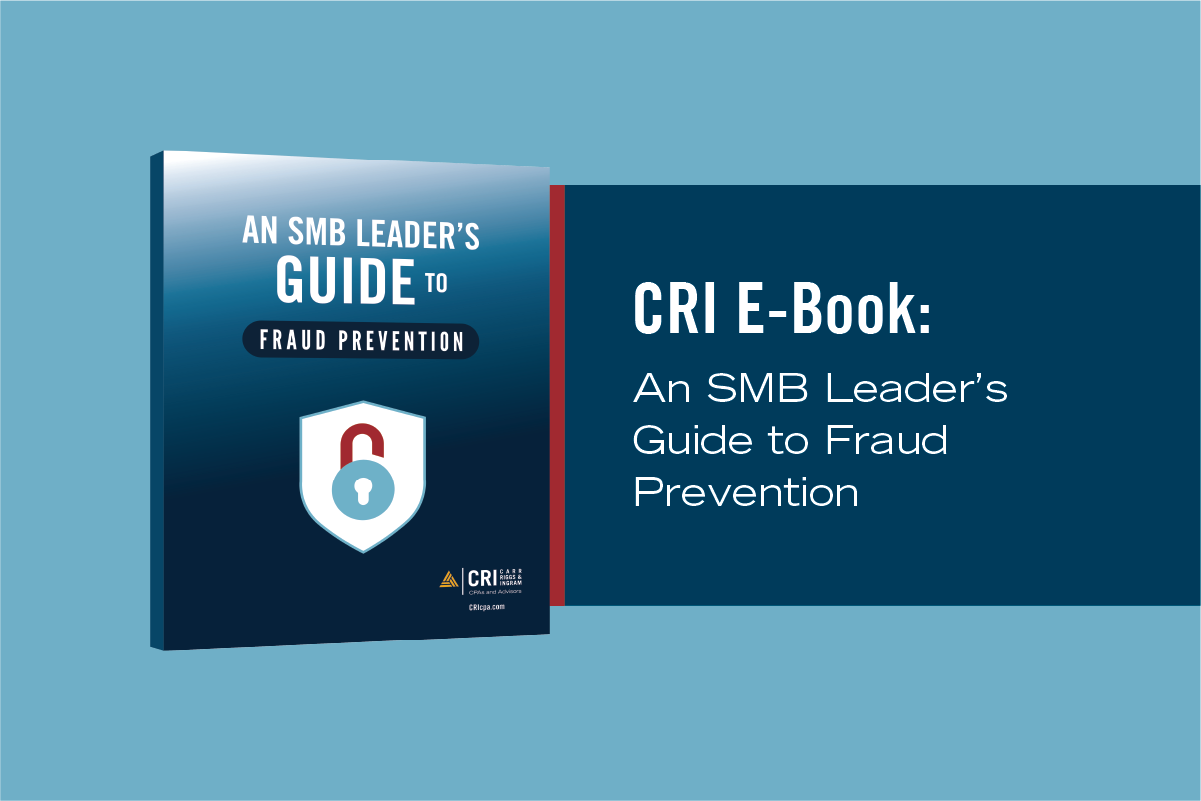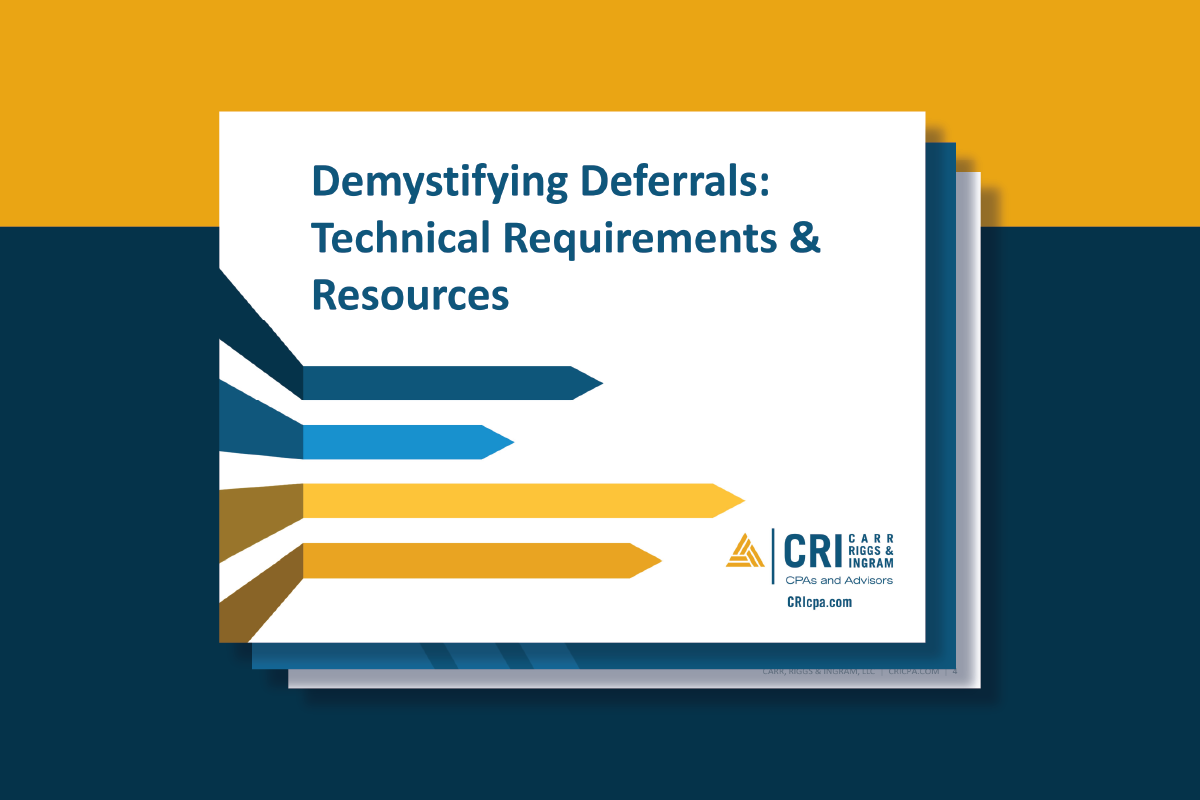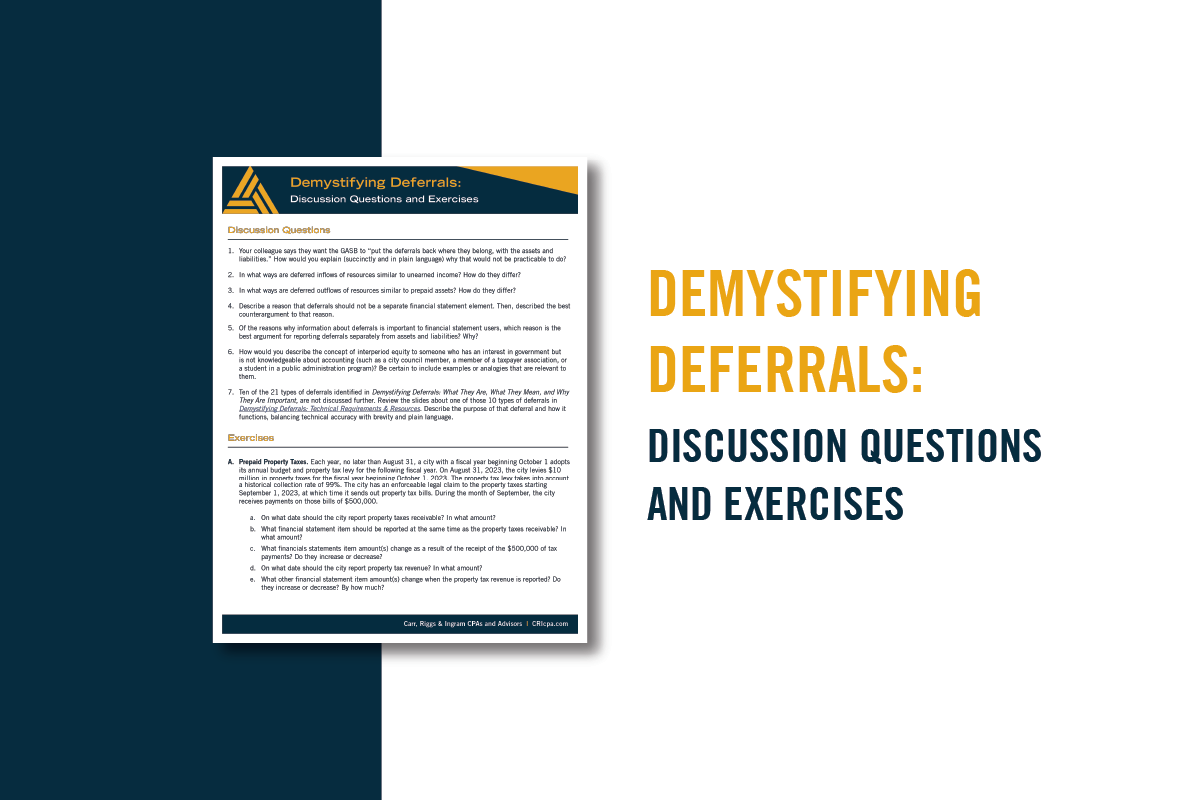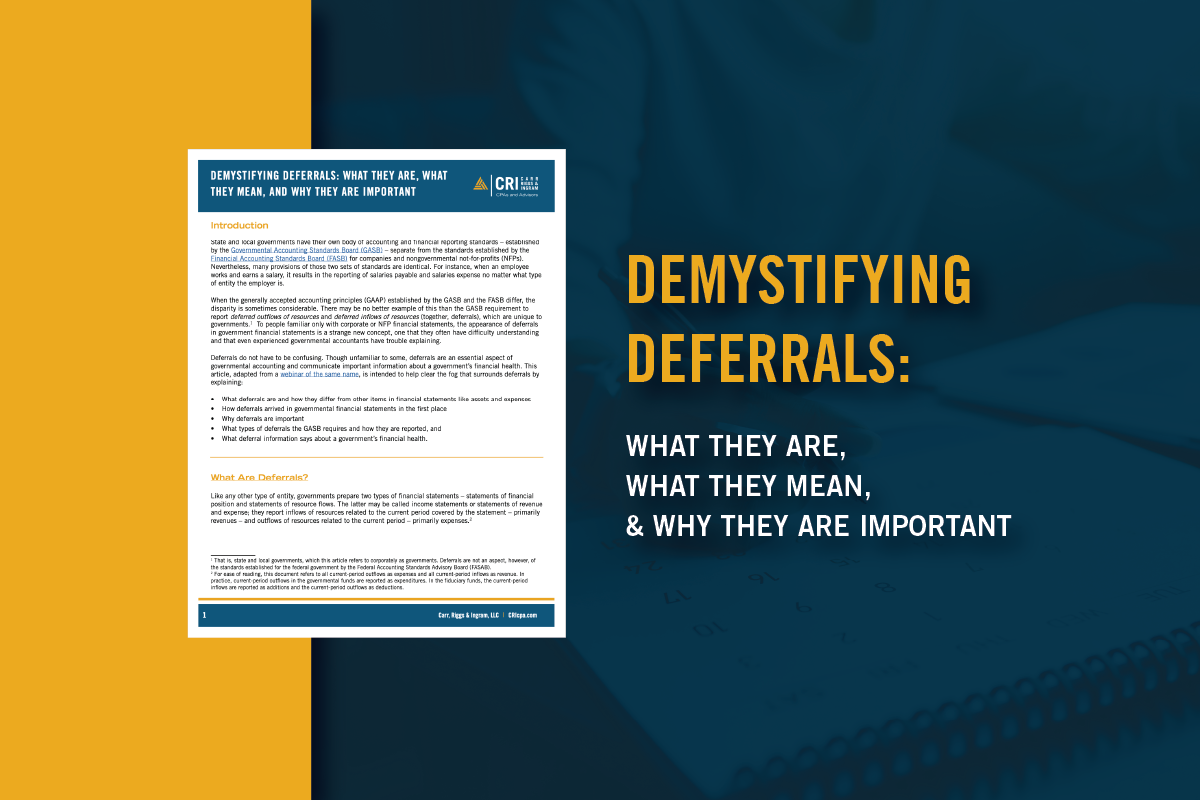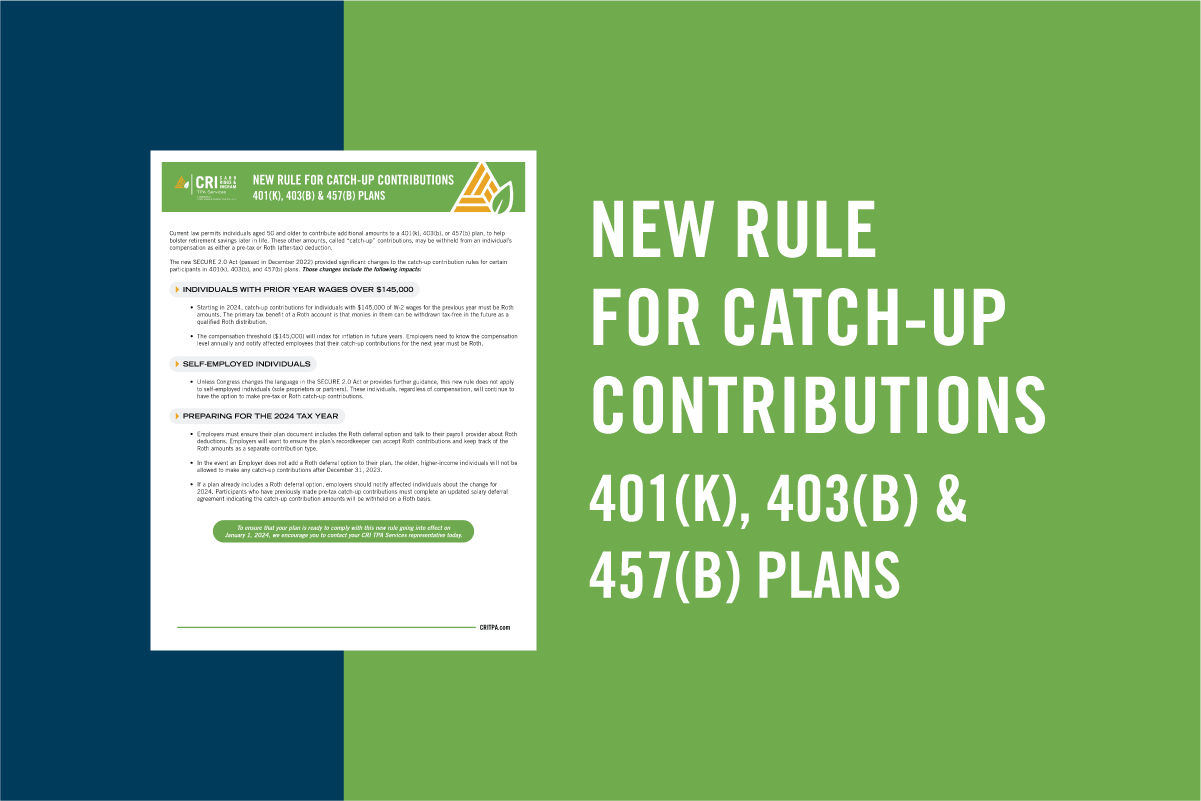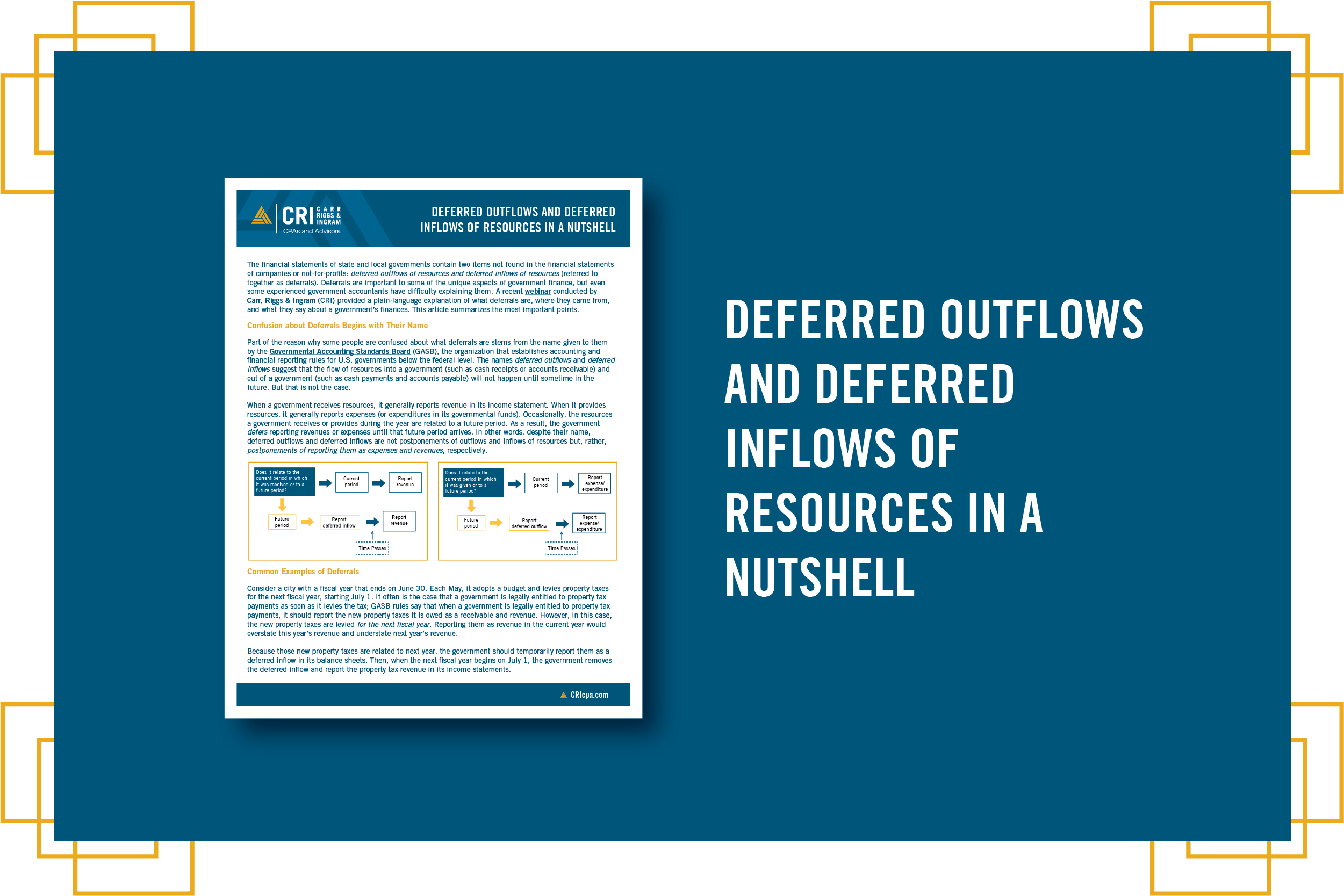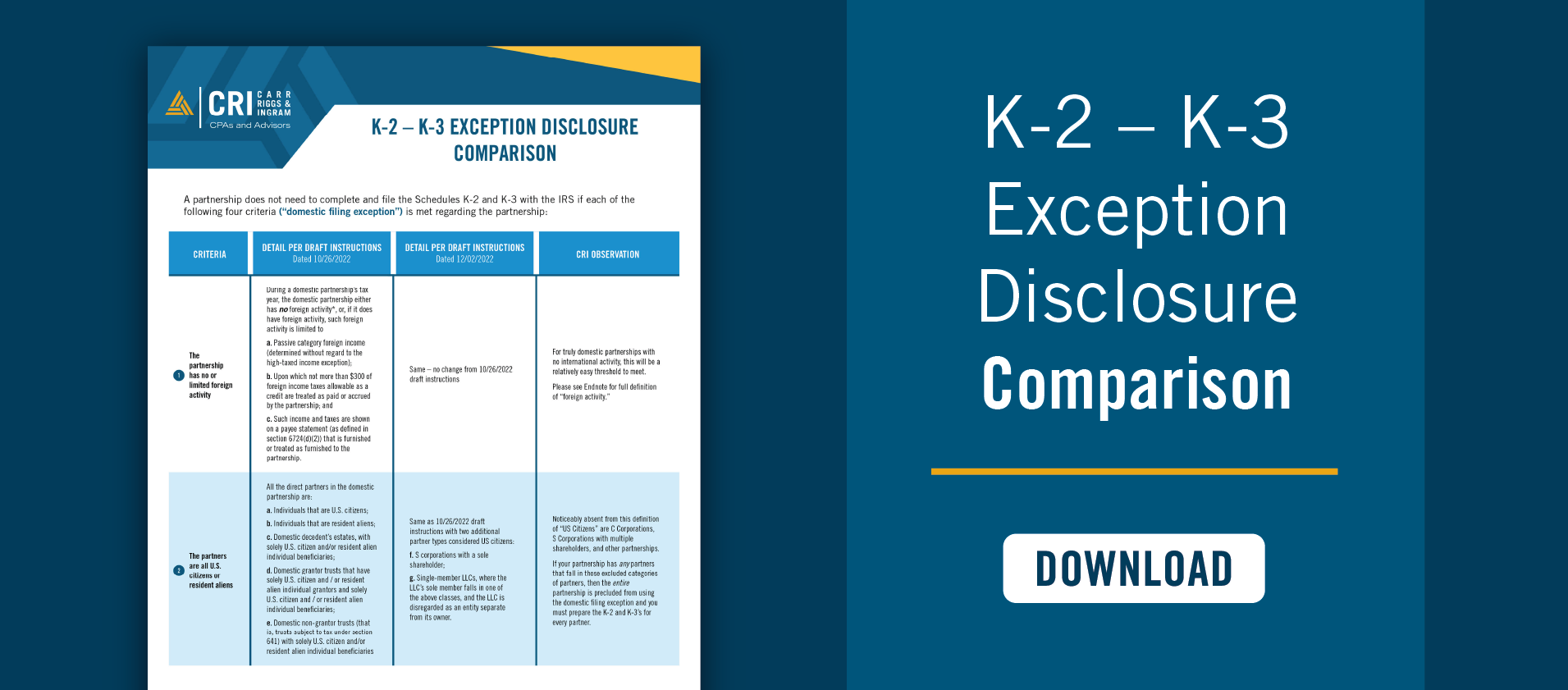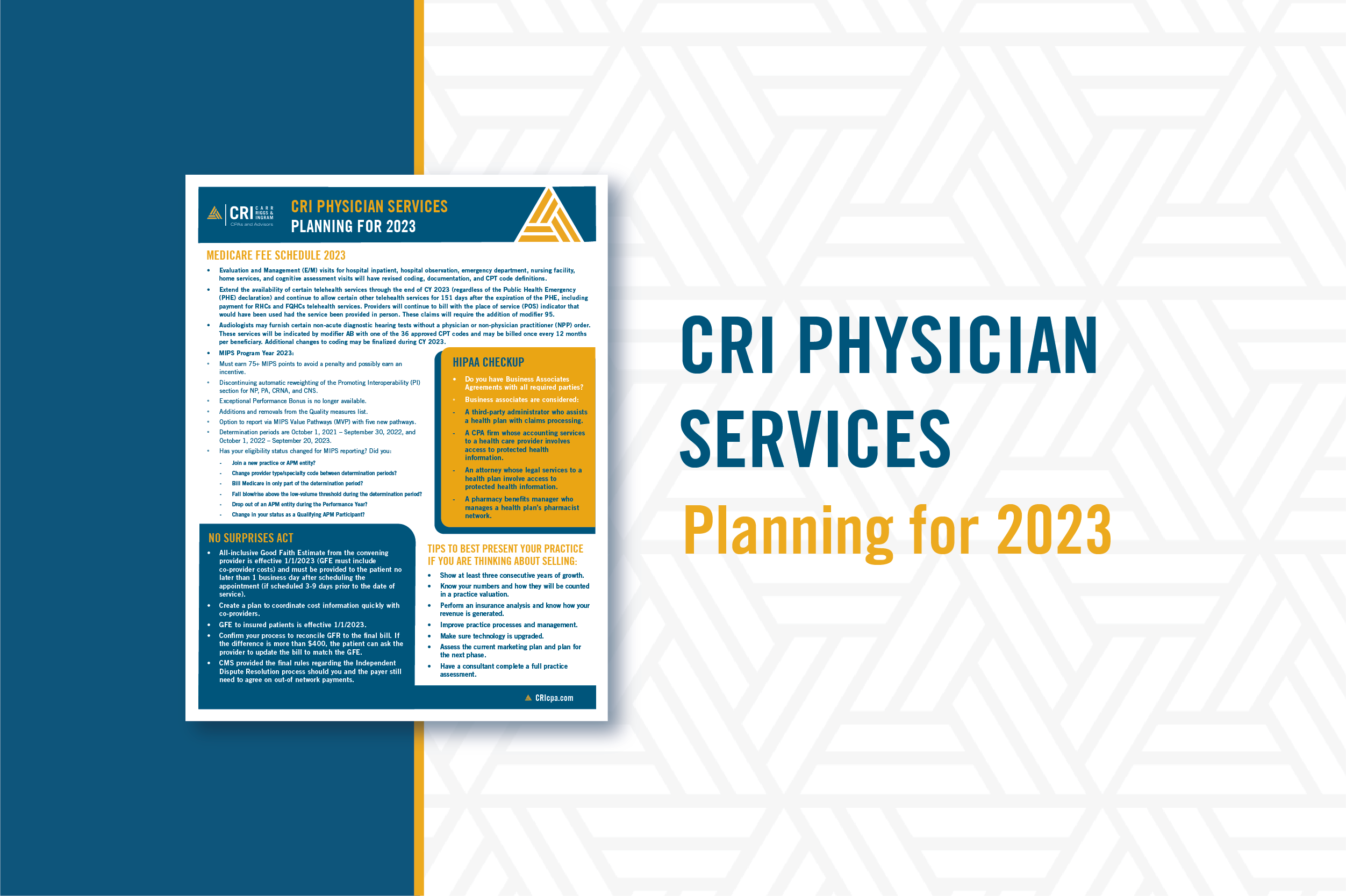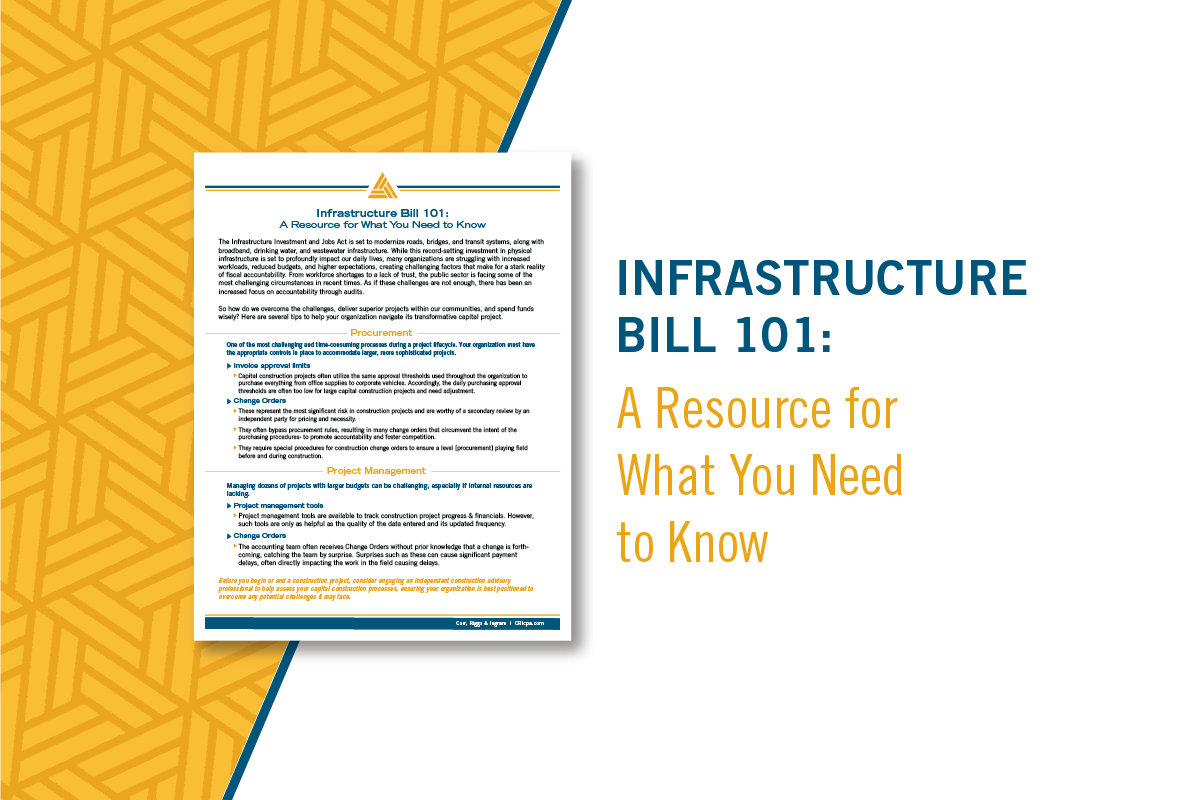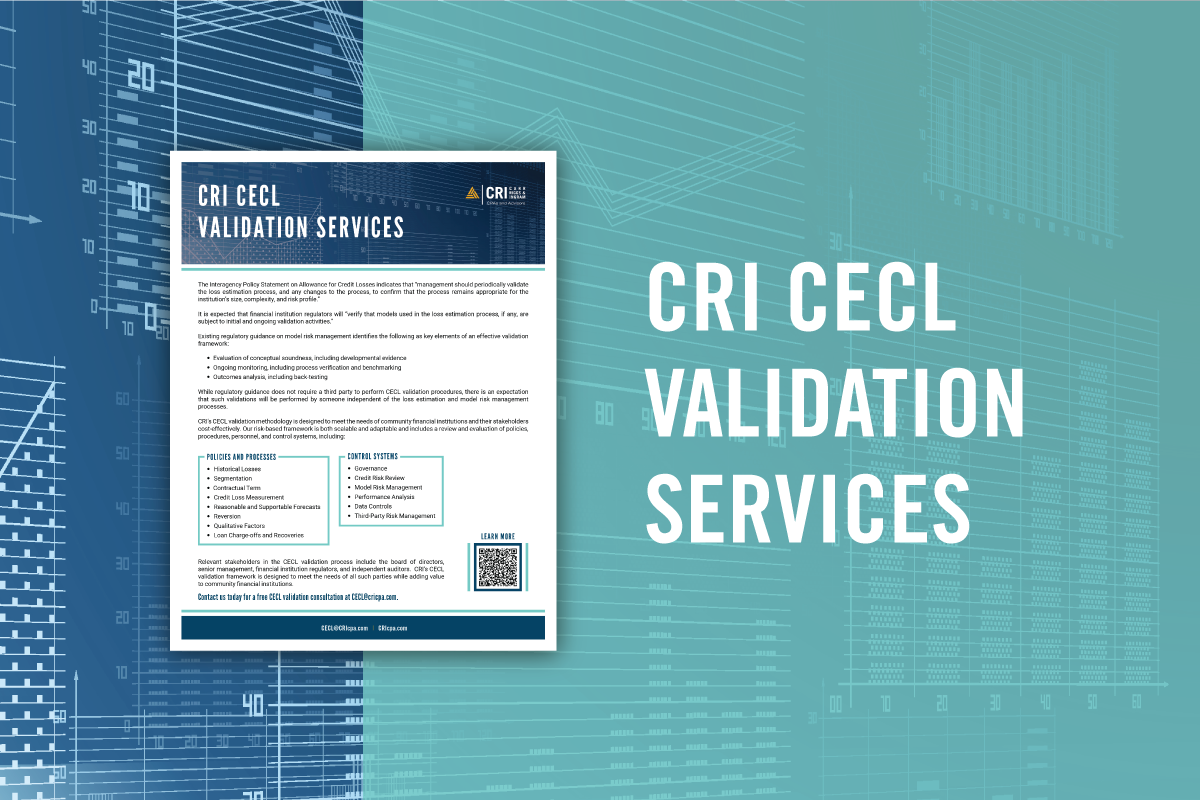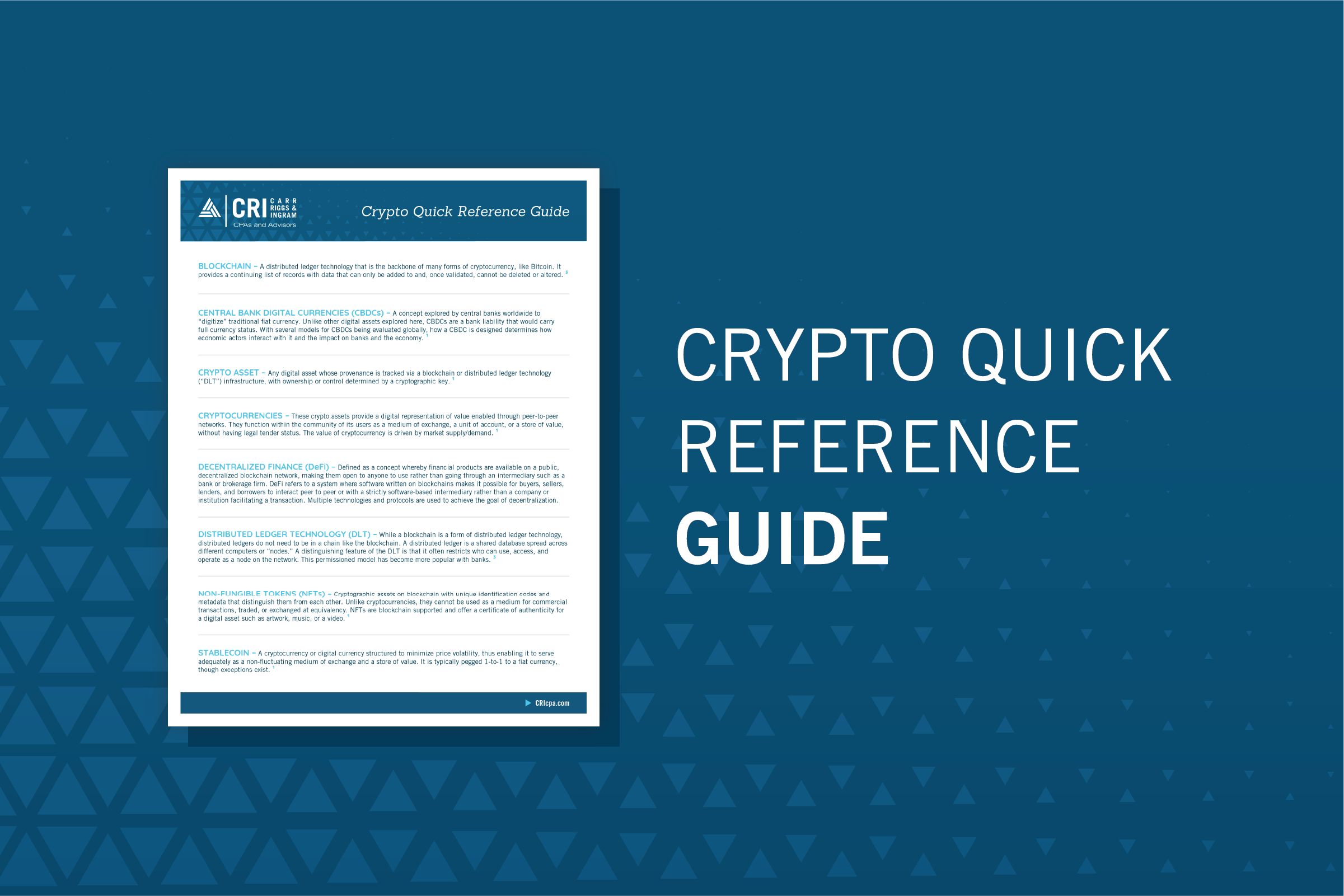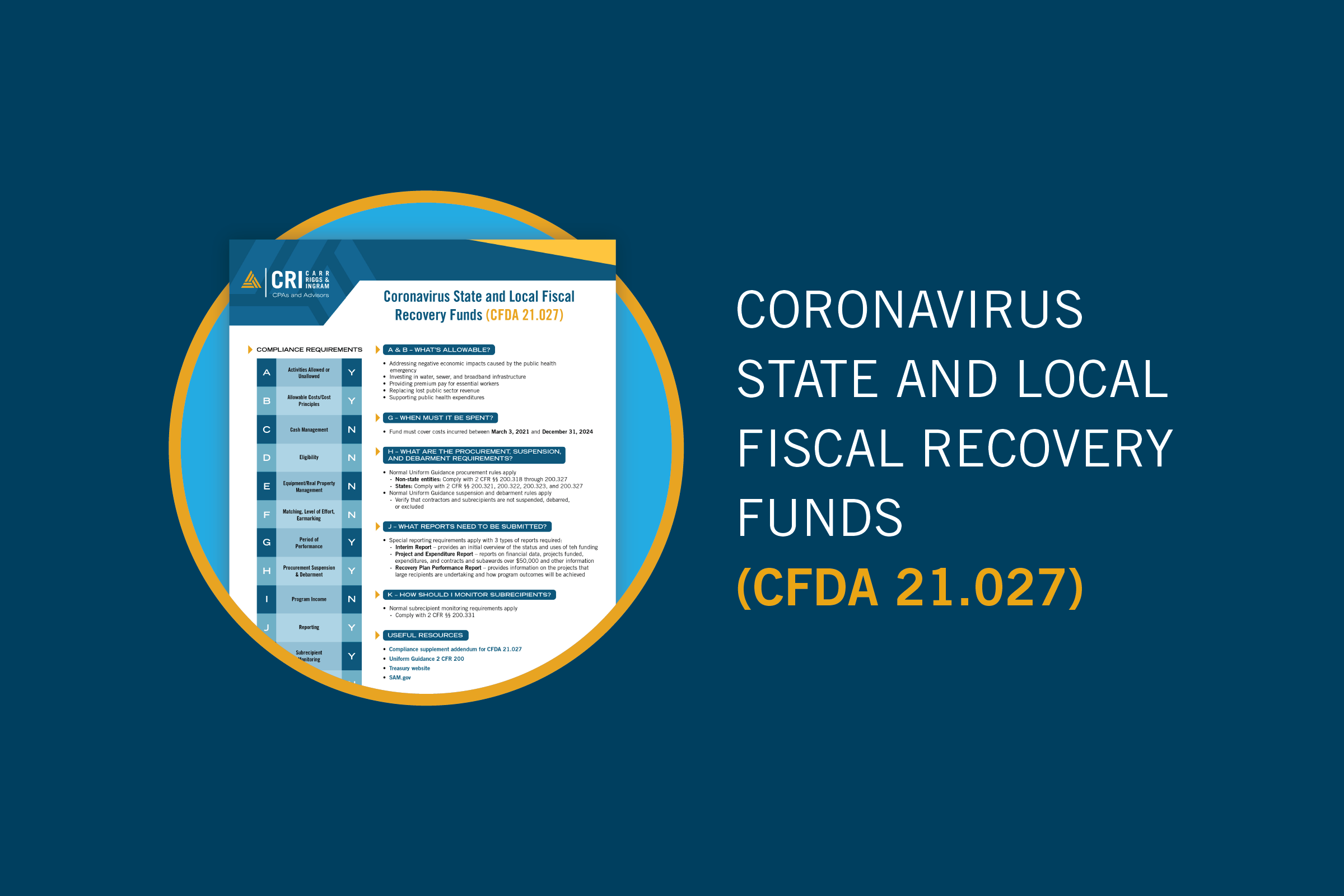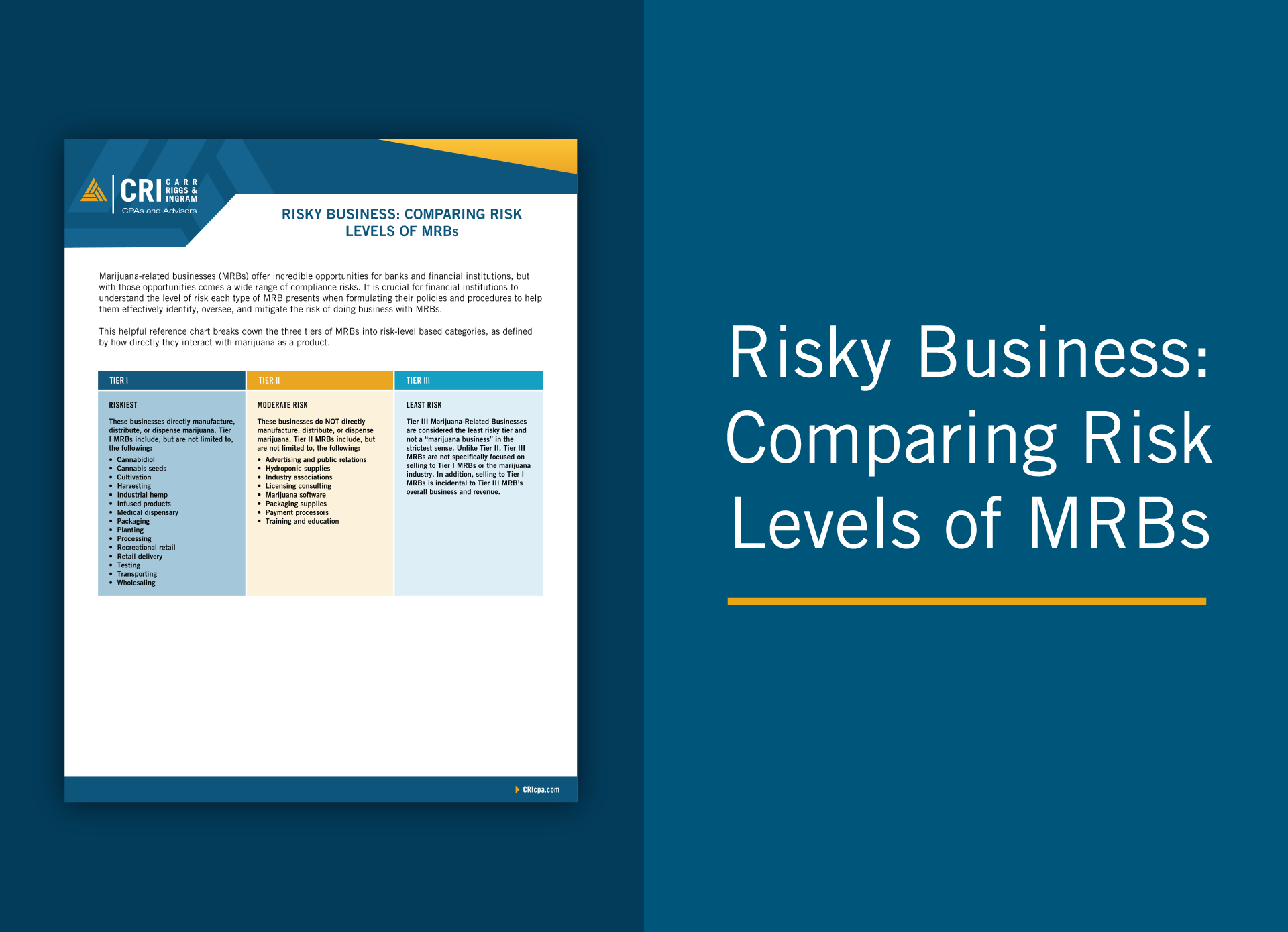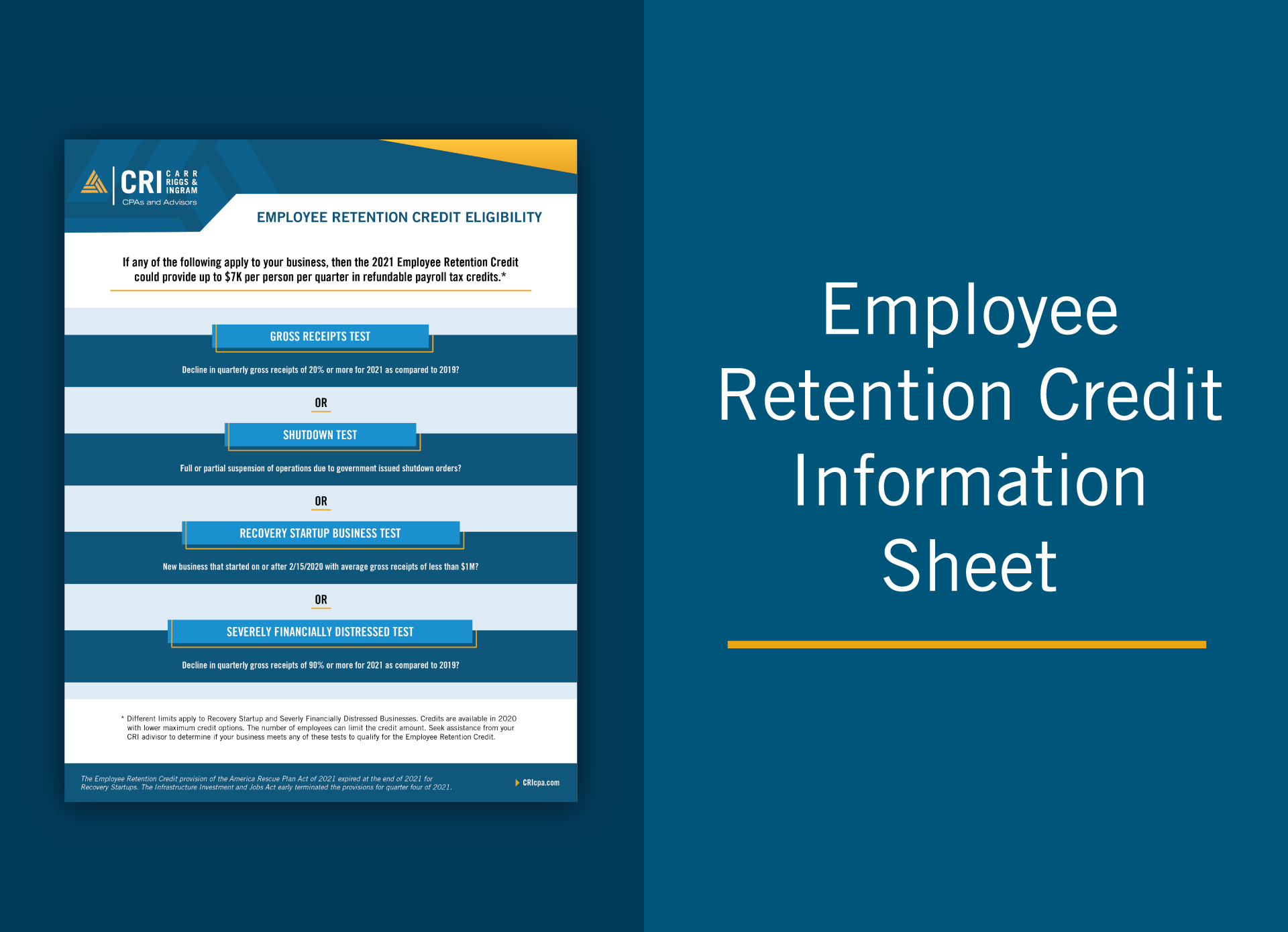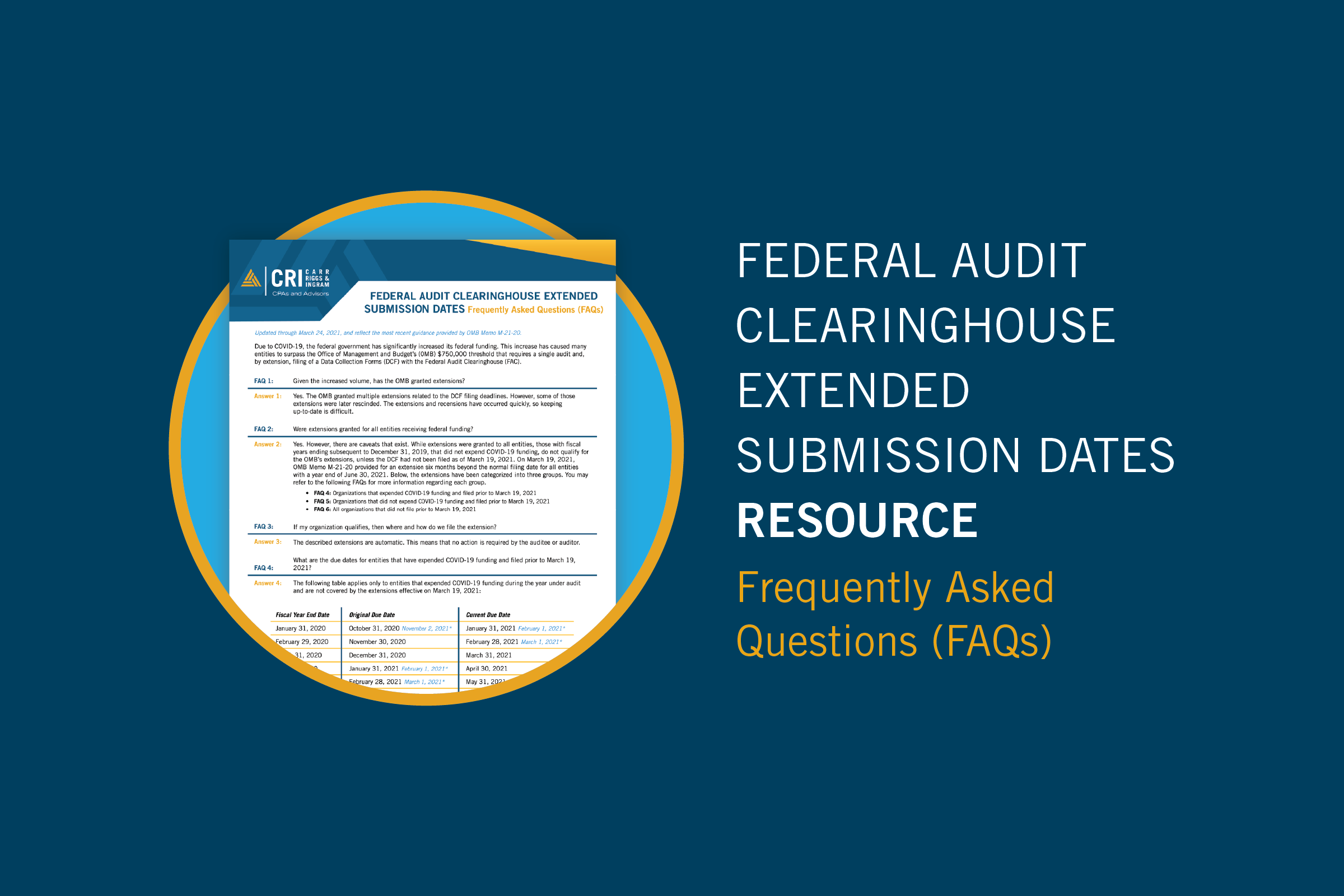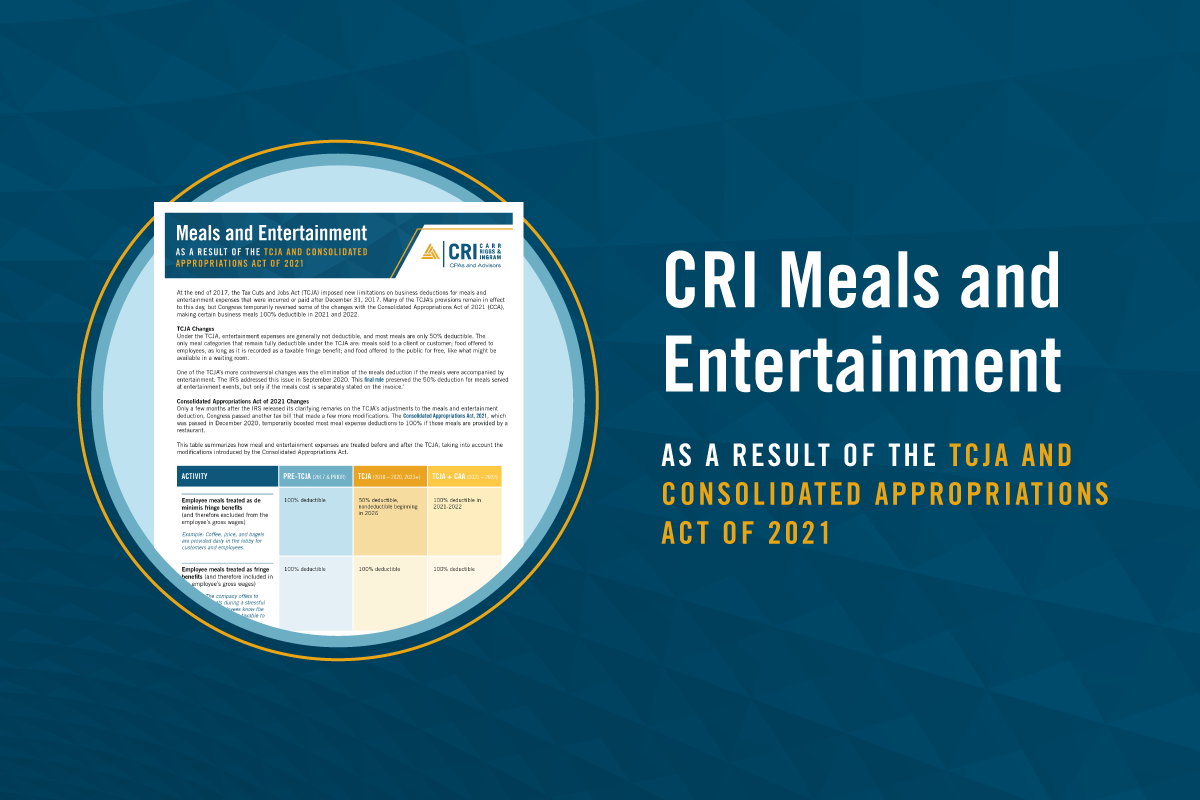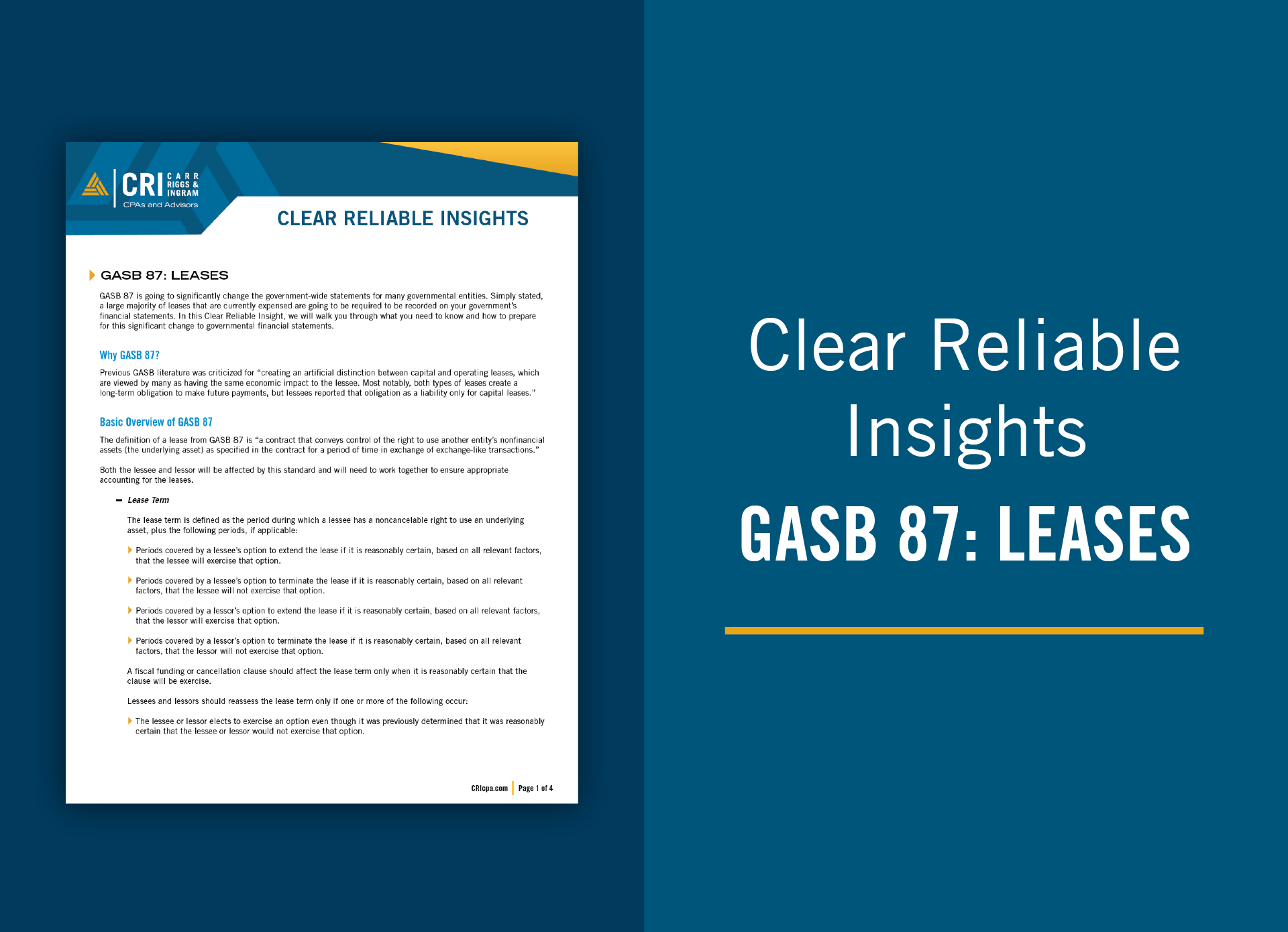
Many business owners already know that cost segregation is a strategic tax analysis that reclassifies property costs to shorter depreciable periods, potentially yielding substantial tax benefits. They may also know that those depreciation adjustments could open them up to IRS scrutiny and, in turn, lead to a torrent of back taxes and penalties. What they might not know is that the chosen cost segregation methodology could make the difference between surviving an IRS examination and suffering significant consequences.
It would be best for business owners who are either already working with a cost segregation provider or considering doing so to become familiar with the procedures, pros, and cons of each potential cost segregation methodology.
A Raincoat, an Umbrella, or Batten Down the Hatches?
The IRS instructs its examiners to consider the cost segregation methodology used in “evaluating the accuracy of a particular study and in performing a risk analysis with respect to the depreciation deductions based on that study.” In other words, the examiner will give more or less credence to the claimed depreciation deductions depending on the rigor of the methodology used to calculate those deductions. Given these instructions, let’s discuss three different methodologies in greater detail and evaluate their precision.
Cost Segregation Methodology #1: The Detailed Engineering Approach Using Actual Costs
The cost segregation provider’s process for this approach is as follows:
1. Identify the construction project being analyzed.
2. Obtain a complete listing of all project costs and substantiate those project costs.
3. Inspect the facility to determine the nature of the project and its intended use, photographing specific property items for reference and requesting previous site pictures to illustrate construction progress.
4. Review blueprints, specifications, contracts, bid documents, contractor pay requests, and other construction documentation.
5. Assign specific project items to tangible property classes, which include (but are not limited to) land, land improvements, building, equipment, furniture, and fixtures.
6. Compute unit costs using payment records.
7. Apply those unit costs to each project component to determine its total cost.
8. Allocate indirect costs, such as architectural fees, engineering fees, and permits, to appropriate assets.
9. Group project items with similar class lives and placed-in-service dates to compute depreciation.
Cost Segregation Methodology #2: The Detailed Engineering Cost Estimate Approach
In some cases, such as when used property is acquired, detailed construction cost records may not be available. The detailed estimate approach can be an appropriate cost segregation methodology for such scenarios. This technique follows the same process described above. The only difference is that instead of using actual costs from construction or accounting records, the provider estimates costs by using reliable, published sources – such as RSMeans or the Marshall & Swift Valuation Service cost manual. Note: The IRS urges its examiners to verify that the source documentation used in estimating data has been clearly referenced in the cost segregation study, providing the specific volume, page, and item number of the source.
Cost Segregation Methodology #3: The Survey or Letter Approach
Sometimes the cost segregation study preparer will collect cost data by surveying contractors and subcontractors and then use those unit cost estimates to determine and allocate property costs.
| Cost Segregation Methodologies |
Pros | Cons |
| #1: The Detailed Engineering Approach Using Actual Costs | Because it relies on solid documentation and minimal estimation, the detailed cost approach is considered the most rigorous and accurate. Therefore, it also offers the highest level of protection. It’s akin to battening down the hatches. | The level of detail within this method often requires professionals with engineering expertise. As a result, it is typically the most time-consuming and expensive approach. |
| #2: The Detailed Engineering Cost Estimate Approach | When prepared by a qualified professional, a cost segregation using cost estimates is “reasonably accurate,” according to the IRS. This approach is similar to protecting oneself from the rain with a large umbrella. | Estimates can over-calculate deductions, thereby exposing a business to IRS scrutiny. Conversely, they can also under-calculate depreciation deductions, leaving tax savings on the table. |
| #3: The Survey or Letter Approach | When contractors provide actual cost data for the project in question, the IRS advises examiners that the allocations “may be reasonably reliable.” Think of this approach as venturing out in the rain wearing a raincoat. | If the contractor uses data from other sites or projects, then the cost estimates may not be accurate. The IRS warns examiners to use caution when reviewing depreciation deductions backed up by this cost segregation approach. |
CRI Can Help You Get Under the Right Cost Segregation Methodology Umbrella
Although a number of other cost segregation methodologies exist, few are considered as rigorous or accurate as the detailed engineering approaches using actual or estimated cost data. For example, the “rule of thumb” approach relies on the preparer’s experience alone and uses little or no documentation. This method could be the equivalent of holding a plastic bag over your head to protect you from the rain.
If your business has added (or plans to add) a new facility, then a cost segregation study could provide significant tax savings and improved cash flow — but only if the study is done right. Contact us to learn which cost segregation methodology might be best for your company.
Relevant insights
Join Our Conversation
Subscribe to our e-communications to receive the latest accounting and advisory news and updates impacting you and your business.
